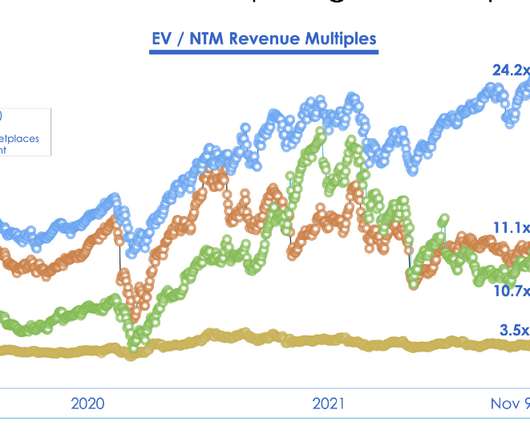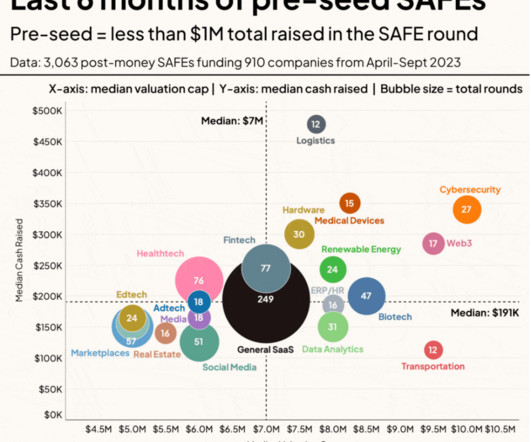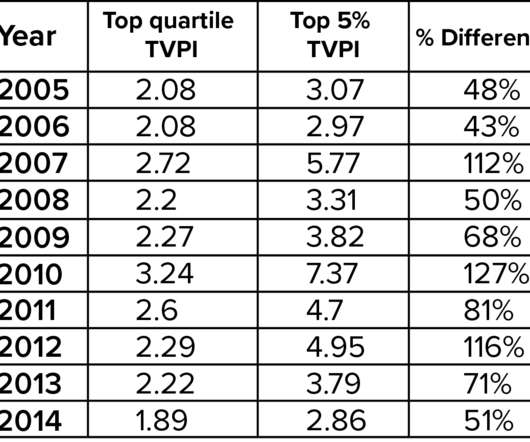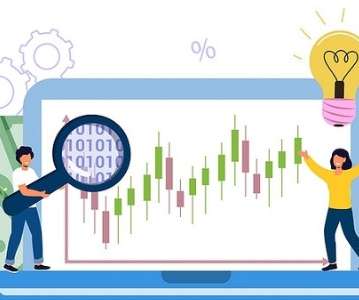What Does the Post Crash VC Market Look Like?
Both Sides of the Table
SEPTEMBER 15, 2022
We drew this conclusion after a meeting we had with Morgan Stanley where they showed us historical 15 & 20 year valuation trends and we all discussed what we thought this meant. But rest assured valuations get reset. When you look at how much median valuations were driven up in the past 5 years alone it’s bananas.









































Let's personalize your content